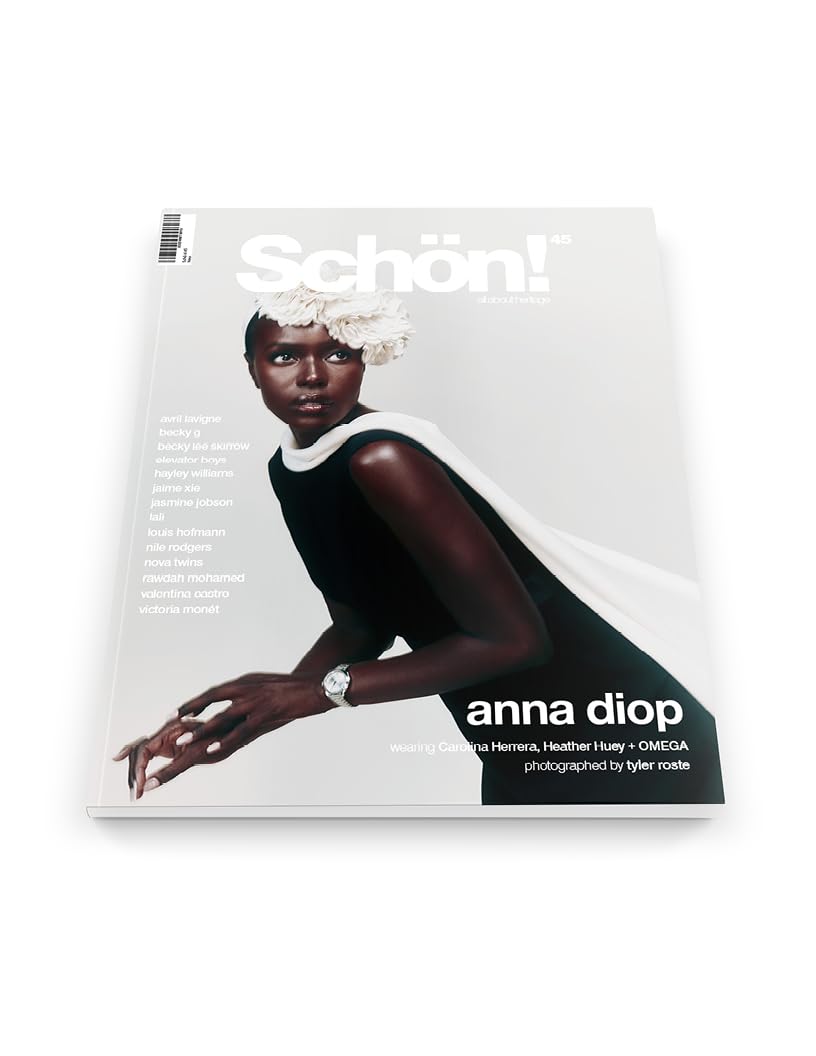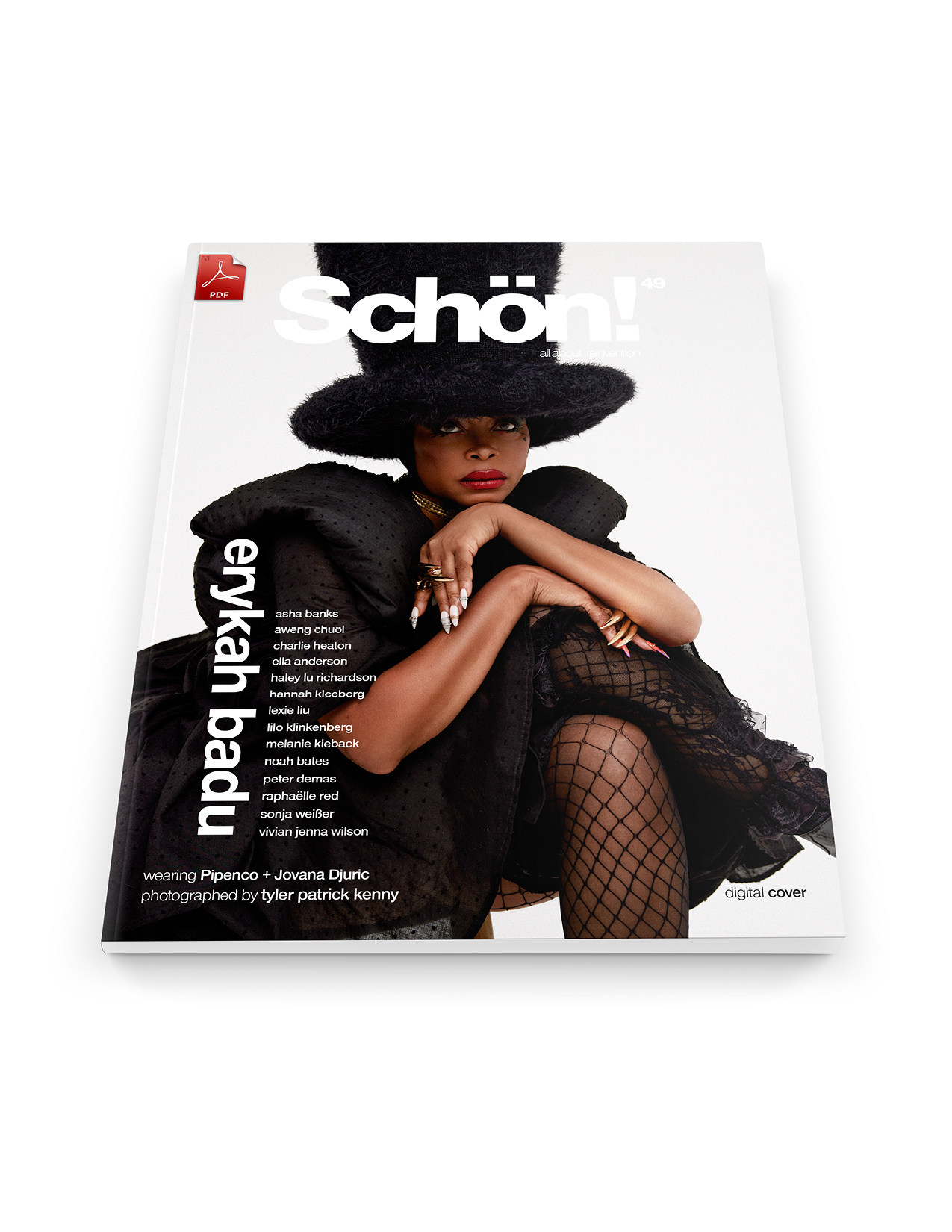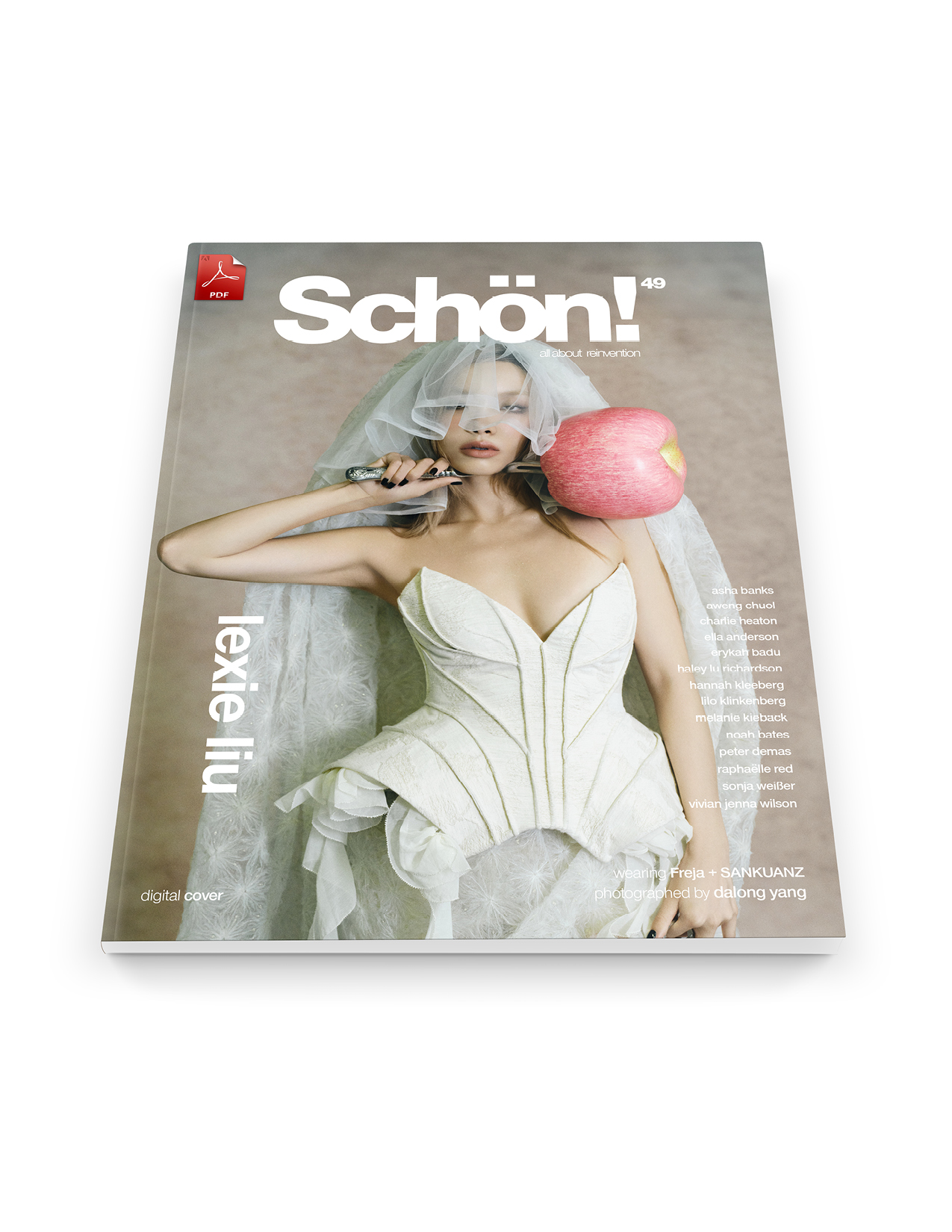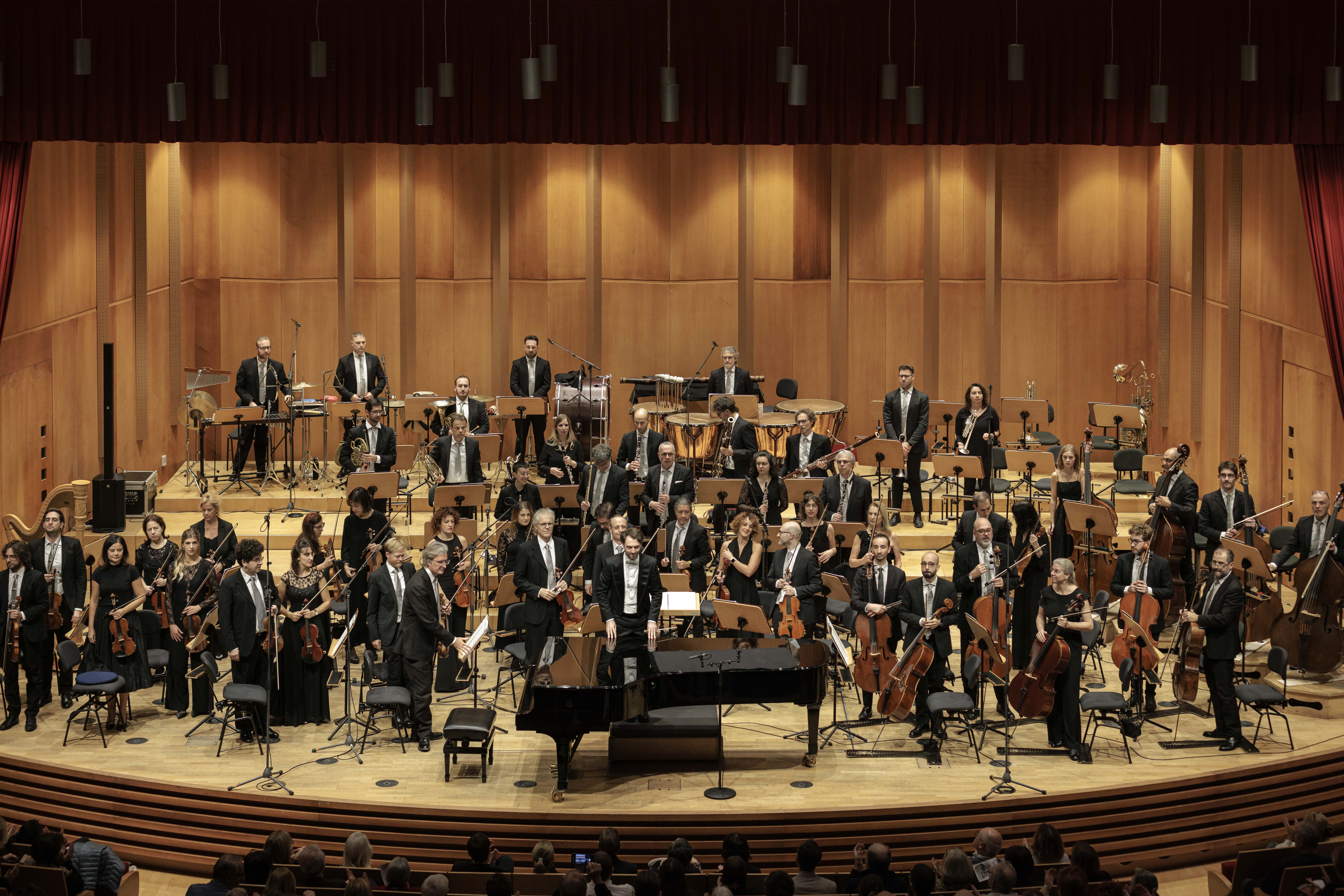
from left to right
© Derek Ridgers, Hannah Moore, Brighton 2016
© Derek Ridgers, Lita, Soho 1983
© Derek Ridgers, Richard E Grant, Twickenham 1997
© Derek Ridgers, Nick Cave, Chalk Farm 1997
British photographer Derek Ridgers has an impressive career spanning over four decades, having taken portraits of many of the world’s most influential creative talents; from James Brown, Johnny Depp, Clint Eastwood and Frank Zappa to Prince and John Lee Hooker, to mention but a brief few. However, it’s his intimate photographs of London subcultures that Ridgers is most beloved for. His images, which chronicled the birth of punk and skinhead culture during the late ’70s helped transform public opinion of such groups, bravely attempting to demystify and decriminalise their misunderstood mainstream image. He honestly portrayed their hedonism and angst, but most importantly their humanity. It is within such work that one can overtly see how Ridgers was initially drawn to photography through his pure and unadulterated love of music.

from left to right
© Derek Ridgers, Lux Interior, Reading Festival 1990
© Derek Ridgers, Robbie Williams, Brussels 1996
© Derek Ridgers, Snoop Dogg, Holland Park 1994
© Derek Ridgers, Axl Rose, Oklahoma 1992
Music critic and collaborator Michelle Olley spoke of the atmosphere inscribed in such work. “Every midnight tribe is here — hippies, punks, ravers, goths, teds, mods and every pretty boy and dirty girl in between — shot in situ in their unnatural habitat. [His work] manages to bring the glamour vixens and club kids together, creating a heady mix of reportage and eroticism. Uniquely, this is ‘thrill of the moment’ erotic realism, coming as it does directly from the subject, and not the photographer. He shoots it as he sees it, which makes this a rare and precious record of a certain kind of cheekiness, at a certain point in the evening, at a certain time in history.”

from left to right
© Derek Ridgers, Skin, Islington 1996
© Derek Ridgers, House Party, Stoke Newington 1981
© Derek Ridgers, Glue Sniffing, Soho 1981
© Derek Ridgers, Debbie & Caroline, Skinhead Girls, Brighton 1980
The photographer’s new book,Derek Ridgers – Photographs presents some of his unseen work originally commissioned by magazines like i-D, The Face and NME. Ridgers calls this his “other photographic odyssey.” The book launch is accompanied by an exhibition, coinciding with Frieze weekend, called the Derek Ridgers Pop-up (October 5-7 at Old Truman Brewery), which will present some of his most intimate portraits of the great stars of music, screen and even politics.

from left to right
© Derek Ridgers, Damon Albarn, Holborn Studios 1997
© Derek Ridgers, Nina Hagen + Lene Lovich, Cavendish Square Gardens 1987
© Derek Ridgers, Johnny Depp + Shane MacGowan, Holborn Studios 1996
© Derek Ridgers, Tuttii Fruttii Gregson, The Jungola Klowns, Deptford 2017
When asked about his take on celebrity portraiture —considering he’s photographed some of the greatest and most celebrated creative talents of recent history and we’re now living in an era of increasingly vacuous ‘insta-fame’ that values aspiration instead of creativity — it’s interesting to hear that despite his impressive résumé, he feels he’s missed out on the great years of celebrity portraiture too. “Eve Arnold photographed Marilyn Monroe over a period of 13 years. So it’s hardly surprised she got a lot of great photographs of her. Likewise, Elliot Landy, who shot the cover of Bob Dylan’s Nashville Skyline became friends with the singer. They hung out and went fishing together. That kind of access to a subject can’t do any harm, can it?”

from left to right
© Derek Ridgers, Laurence Sessou, Brick Lane 2015
© Derek Ridgers, Kayt Webster Brown, Twickenham 2015
© Derek Ridgers, Richard Harris, Savoy Hotel 1997
© Derek Ridgers, Nena Cherry, Kensal Rise November 1988
“By the time I started doing it in the early ’80s, celebrity photography was usually not like that,” Ridgers continues. “The celebrities would normally be holed up either in a suite at The Savoy or The Dorchester and each magazine or newspaper would get half an hour. So that was usually 25 minutes for the interview and 5 minutes for the photographs. Sometimes photographers could be set up in an adjacent suite and the celebrity would be lead in by a PR person and lead out again a few minutes later, just as one felt one was getting started. It’s not a very edifying experience. For anyone. If you can beat that system or find your way to manipulate things to make for a better, more meaningful photograph — as some do — then that’s where the skill comes it.”

from left to right
© Derek Ridgers, Kylie Minogue, Chalk Farm 1994
© Derek Ridgers, Michael Stipe, Athens, Georgia 1991
© Derek Ridgers, Babs, Soho 1987
© Derek Ridgers, Tim Roth, Brick Lane 1985
Therefore, the intimate and candid portraits of celebrities found in Derek Ridgers – Photographs and at the accompanying exhibition are truly a testament to Ridgers’ artistic prowess and creative talent. In any case, as we live in a society where increasingly people aspire to earn star status and a living by posting selfies and displaying themselves; Ridgers’ work speaks about the changing nature of celebrity and the loosening relationship between talent and fame.

from left to right
© Derek Ridgers, Michelle Carr, La Luz De Jesus, Hollywood 1992
© Derek Ridgers, Gary Oldman, London 1985
© Derek Ridgers, James Brown, Paris 1993
© Derek Ridgers, Keith Richards, 1985
The Derek Ridgers Pop-up is presented as part of ARTBLOCK at the Old Truman Brewery from today until October 7. ‘Derek Ridgers – Photographs‘ by Carpet Bombing publishing is available now.
words. Charlie Siddick

Schön! Magazine is now available in print at Amazon,
as ebook download + on any mobile device





























































































